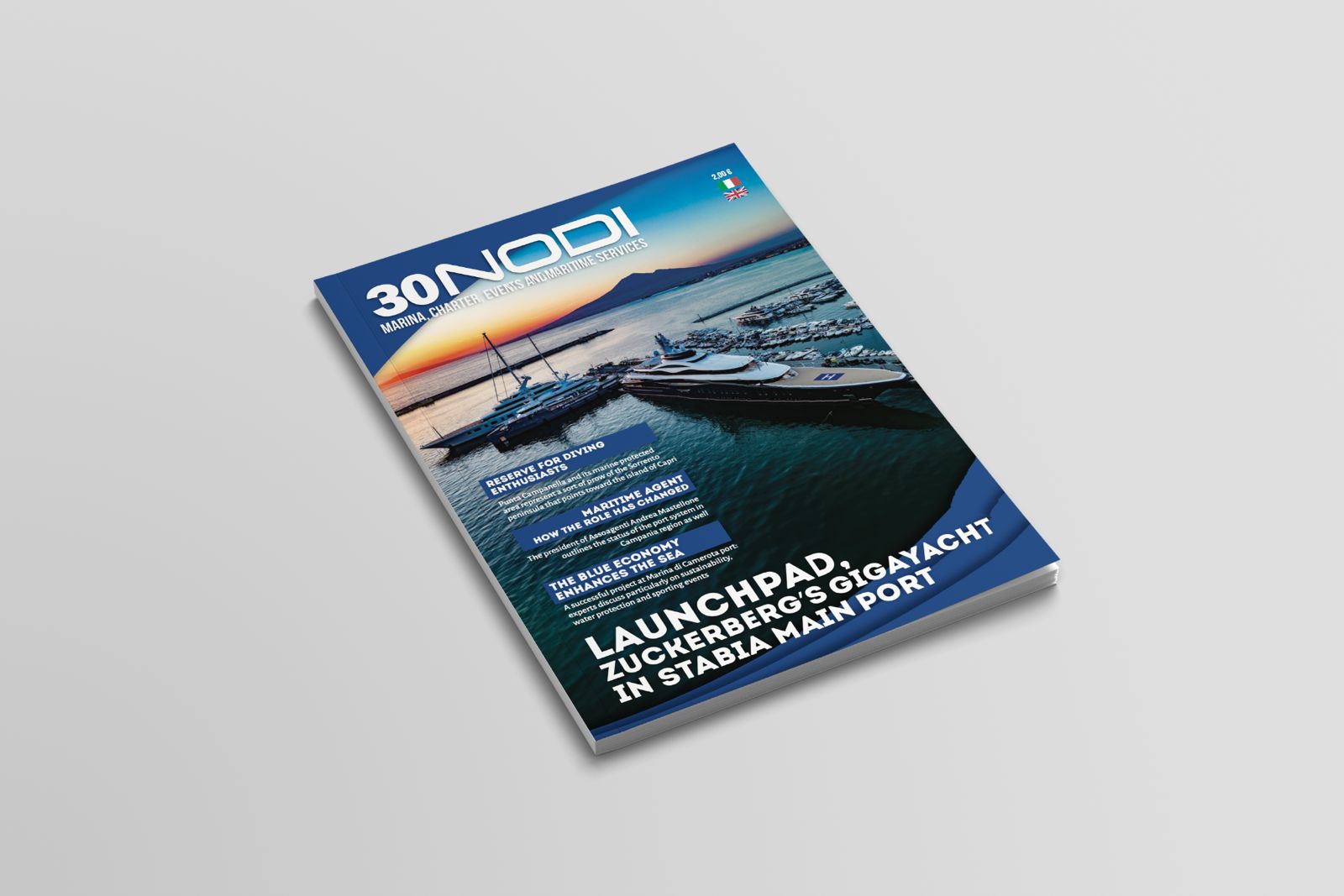 An island out of time, characterized by the context of fishing boats and small villages perched on the hills. This is how Procida presents itself, the smallest of the islands in the Gulf of Naples with a surface area of 3.7 sq km. Its beauty is typically mediterranean, exalted by literature and cinema, which have made it the protagonist of many works.
An island out of time, characterized by the context of fishing boats and small villages perched on the hills. This is how Procida presents itself, the smallest of the islands in the Gulf of Naples with a surface area of 3.7 sq km. Its beauty is typically mediterranean, exalted by literature and cinema, which have made it the protagonist of many works.
In the late 1950s, Elsa Morante dedicated the book “Arturo’s Island” to it.
It is the queen of “slow tourism”: in fact, according to experts, it should be discovered calmly. It offers a perfect mix of natural beauty, views with a long history, and unmissable beaches. It can be easily explored on foot, but also by bus or taxi. It has an interesting port, marina grande: “mooring in the marina di Procida – as stated on specialized portals – means accessing a world of vibrant colors, breathtaking views, and authentic mediterranean beauty. located between Ischia and Capo Miseno, the marina offers every comfort for boaters and easy connections to the mainland via ferries and hydrofoils.”
The territory of Procida is divided into nine districts, called “grancìe”: Terra Murata (the oldest), Corricella (the fishing village), Sent’cò (with the commercial port of Marina Grande), Semmarezio, San Leonardo, Madonna della Libera (or Santissima Annunziata), Sant’Antuono, Sant’Antonio, and Chiaiolella (where there is a tourist port). The historical part is represented by the village of Terra Murata, the heart of the island, but equally interesting is the islet of Vivara, connected to Procida by a bridge. It can be visited even in a single day; the important thing is to plan your movements or, alternatively, let yourself beguided by instinct or by the advice of residents.
In Marina Grande, you will find the port, the nucleus of the center divided between craft shops, bars, small boutiques, and rental points for scooters, bicycles, minicars, and various boats. From here you can move towards the historic center, going up via Principe umberto to Piazza dei martiri, passing the sanctuary of Santa maria delle grazie and stopping at the “belvedere dei cannoni” (cannons’ viewpoint) to observe marina Corricella. Terra murata is the ancient historic center. here you can visit Palazzo d’Avalos, which was a royal palace and a prison, up to the Abbey of San michele Arcangelo (11th century).
Among the beaches, one of the most characteristic is Pozzo vecchio, located on the western side and made famous because iconic scenes from “Il Postino” (The Postman), Massimo Troisi’s last film, were shot there in 1994.




